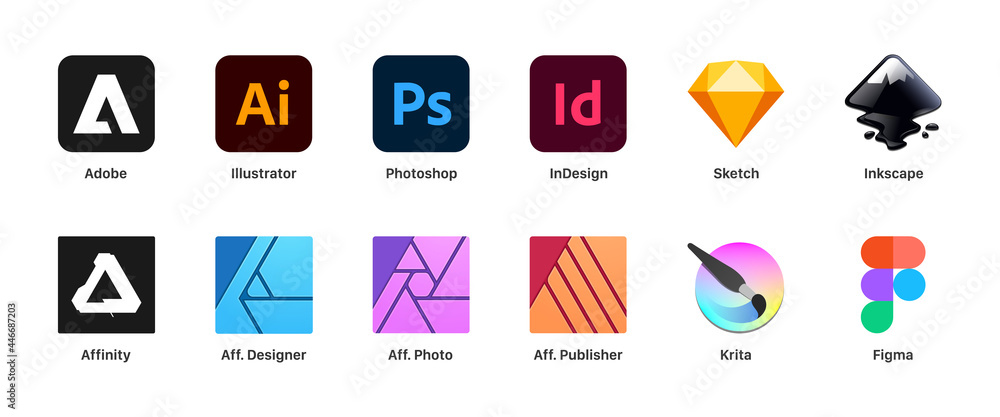Blitz News Digest
Stay updated with the latest trends and insights.
Designing Dreams: How Graphic Software Turns Ideas into Art
Unlock your creativity! Discover how graphic software transforms your wildest ideas into stunning art in Designing Dreams.
The Evolution of Graphic Software: From Concept to Creation
The evolution of graphic software has been a remarkable journey, transforming the way artists and designers bring their concepts to life. In the early days, tools were rudimentary and often limited to basic drawing applications that operated in a purely 2D space. As technology advanced, so did the capabilities of these programs, leading to the introduction of vector-based software, which allowed for greater precision and scalability. The rise of desktop publishing further revolutionized graphic design, enabling users to manipulate text and images with unprecedented ease.
With the advent of 3D modeling software, the landscape of graphic creation expanded dramatically. Artists could now explore three-dimensional space, creating intricate designs for various applications, from video games to animated films. Furthermore, the integration of artificial intelligence and machine learning into graphic tools has paved the way for innovative features such as auto-enhancements and smart editing suggestions. This continuous advancement illustrates how the concept to creation process in graphic design is becoming more intuitive, allowing creators to focus on their artistic vision rather than technical limitations.

Top Graphic Software Tools Every Aspiring Designer Should Know
For every aspiring designer, mastering the right graphic software tools is crucial to unleashing their creativity and refining their skills. Among the top tools, Adobe Photoshop stands out as the industry standard for photo editing and graphic design. Its comprehensive suite of features allows users to manipulate images, create stunning visuals, and enhance photographs with precision. Another indispensable tool is Adobe Illustrator, perfect for creating vector graphics. Designers can utilize Illustrator to create scalable artworks that maintain their quality at any size, making it essential for branding and logo design.
In addition to Adobe’s offerings, Sketch has become increasingly popular, particularly among web and mobile designers for its intuitive interface and powerful prototyping capabilities. For those looking for a cost-effective solution, Canva provides an accessible platform with a plethora of templates and design elements, making it an excellent choice for beginners. Ultimately, familiarizing oneself with these graphic software tools will not only enhance a designer’s skill set but also open doors to various career opportunities in the creative industry.
How to Transform Your Ideas into Stunning Visuals: A Step-by-Step Guide
Transforming your ideas into stunning visuals is an essential skill in today’s digital world. To begin this creative journey, brainstorm your concepts and jot down any thoughts that resonate with you. Consider using techniques such as mind mapping or free writing to expand on your initial ideas. Once you have a solid foundation, create a mood board that visually represents the style, colors, and emotions you want to convey. This step can include gathering images, color palettes, and typography that inspires you, setting the stage for your final designs.
With your mood board in hand, it’s time to select the right tools. Whether you prefer design software like Adobe Illustrator or user-friendly platforms like Canva, familiarize yourself with the features of your chosen tool. Start by sketching your layout and experimenting with composition. Remember to keep your audience in mind and ensure that your visuals effectively communicate your message. After finalizing your design, don’t forget to ask for feedback from peers or mentors, as this input can help refine your work and illuminate the areas that truly shine.